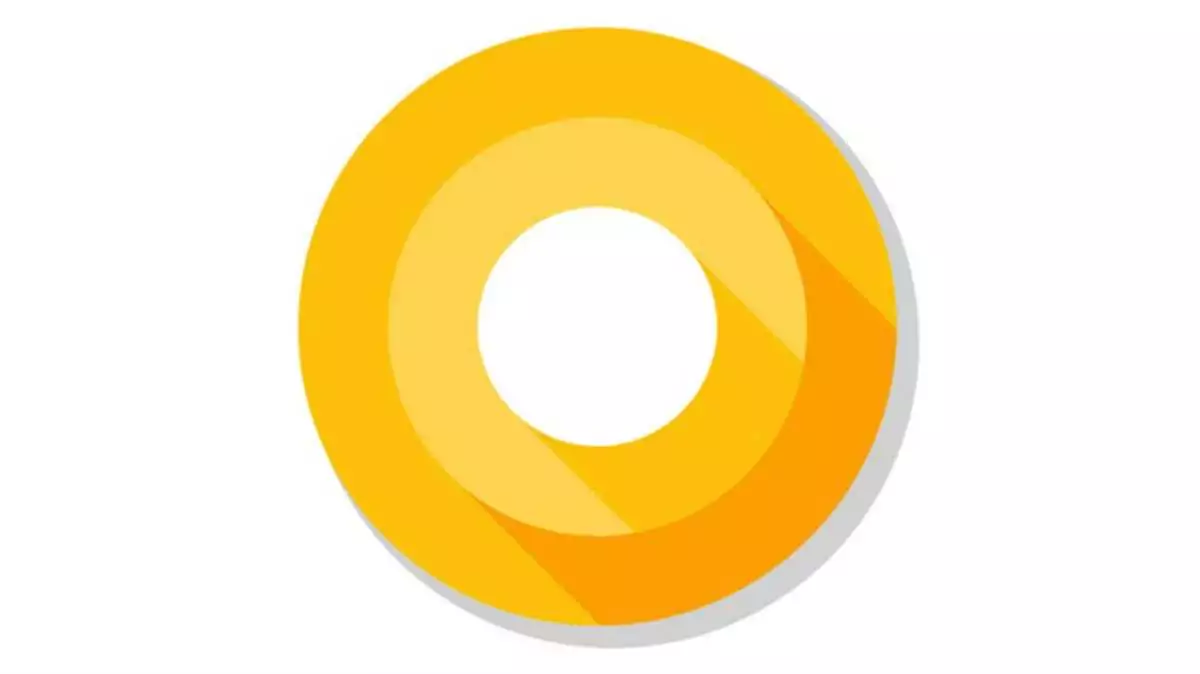Google has launched the first developer preview of the next version of its mobile operating system, currently code-named Android O.
As was the case last year with the first Android N Developer Preview, Google isn’t letting us know everything that will be included with Android O and we’ll learn more and more about the new version of Android in the weeks leading up to Google I/O 2017.
The company is not launching the new release into the Android Beta channel right away. Instead, developers who own a Nexus 5X, Nexus 6P, Nexus Player, Pixel, Pixel XL or Pixel C device (or want to use the emulator) will have to manually download and flash their devices.
After a bit more testing with developers, Google will open enrollment into O through Android Beta.
Google continues to tweak many of the operating system’s core features and a few of the most interesting updates are:
Picture in Picture: Android O video apps will be able to put themselves into a Picture in Picture mode so that video will still play after you switch to a different app.
Multi-display support: With this, developers will now be able to launch an activity on a remote display.
Keyboard navigation: This is essentially a feature for Android Apps on Chrome OS and will allow developers to better support arrow and tab navigation in their apps.
“With the advent of Android Apps on Chrome OS and other large form factors, we’re seeing a resurgence of keyboard navigation use withinAndroid apps,” Google said.
Background limits: The last few Android releases put a heavy emphasis on improving battery life. Android O adds to this by putting automatic limits on what an app can do while they are in the background. These limits focus on three areas: implicit broadcasts, background services and location updates.

Notifications: Android O is adding a new feature called notification channels. As far as we can tell, this will give developers the ability to group notifications from their apps into groups (say you have a news app and want to group notifications by “politics” or “technology”). Users will then be able to manage those notifications based on those channels.
New Wi-Fi features: Android O is adding support for more Wi-Fi Aware features like Neighborhood Aware Networking (NAN), for example. NAN makes it easy for apps and devices to talk to each other without an internet access point in the middle (or any internet connectivity at all). Google says it is working with partners to bring support for NAN to devices “as soon as possible.”
Better interop for calling apps: Android O will make it easier for calling apps to talk to each other and make calls over the carrier network. Developers will now be able to use the new Telecom framework to build their own UI for placing calls and calls will be displayed and controllable via Bluetooth devices with displays like you’d find in a car.
Autofill APIs: Android users already depend on a range of password managers to autofill login details and repetitive information, which makes setting up new apps or placing transactions easier. Android O will make this work more easily across the ecosystem by adding platform support for autofill. Users can select an autofill app, similar to the way they select a keyboard app. The autofill app stores and secures user data, such as addresses, user names, and even passwords. For apps that want to handle autofill, Google are adding new APIs to implement an Autofill service.
There are obviously a few other new features and tweaks here, as well. Those include adaptive icons (similar to what you’ve seen on the Pixel), support for wide-gamut color capable displays, support for high-quality Bluetooth audio codecs (which may mean Google, too, is about to ditch the headphone jack on its own phones), a new native audio API, better font support and an improved WebView that has multi-process mode enabled by default.
Google also notes that Android O will support a number of new Java Language APIs and that the Android Runtime is now significantly faster, with some benchmarks seeing a 2x improvement.
The first Android O Developer Preview is available today in the form of a factory image file, and is in no way designed to be used on a primary phone or by regular consumers. It’s available for the Pixel, Pixel XL, Nexus 6P, Nexus 5X, Pixel C and Nexus Player. If you’re building for wearables, there’s also an emulator for testing Android Wear 2.0 on Android O.



